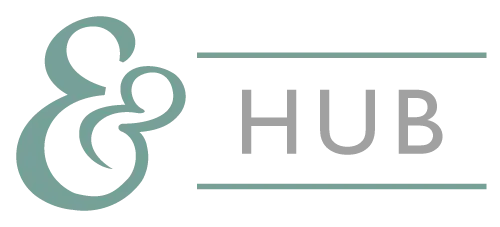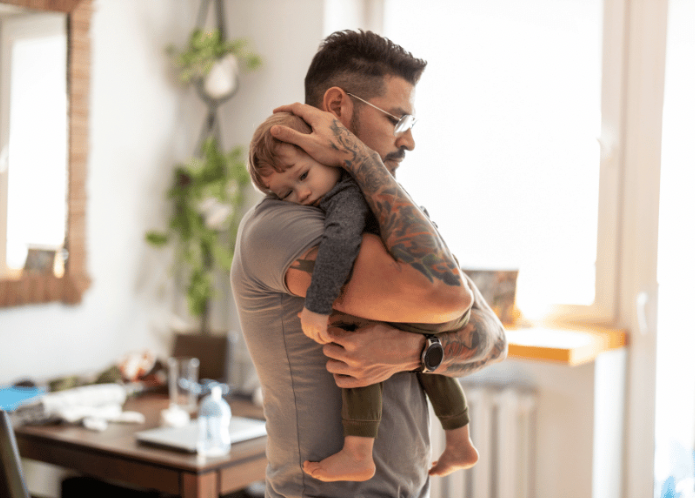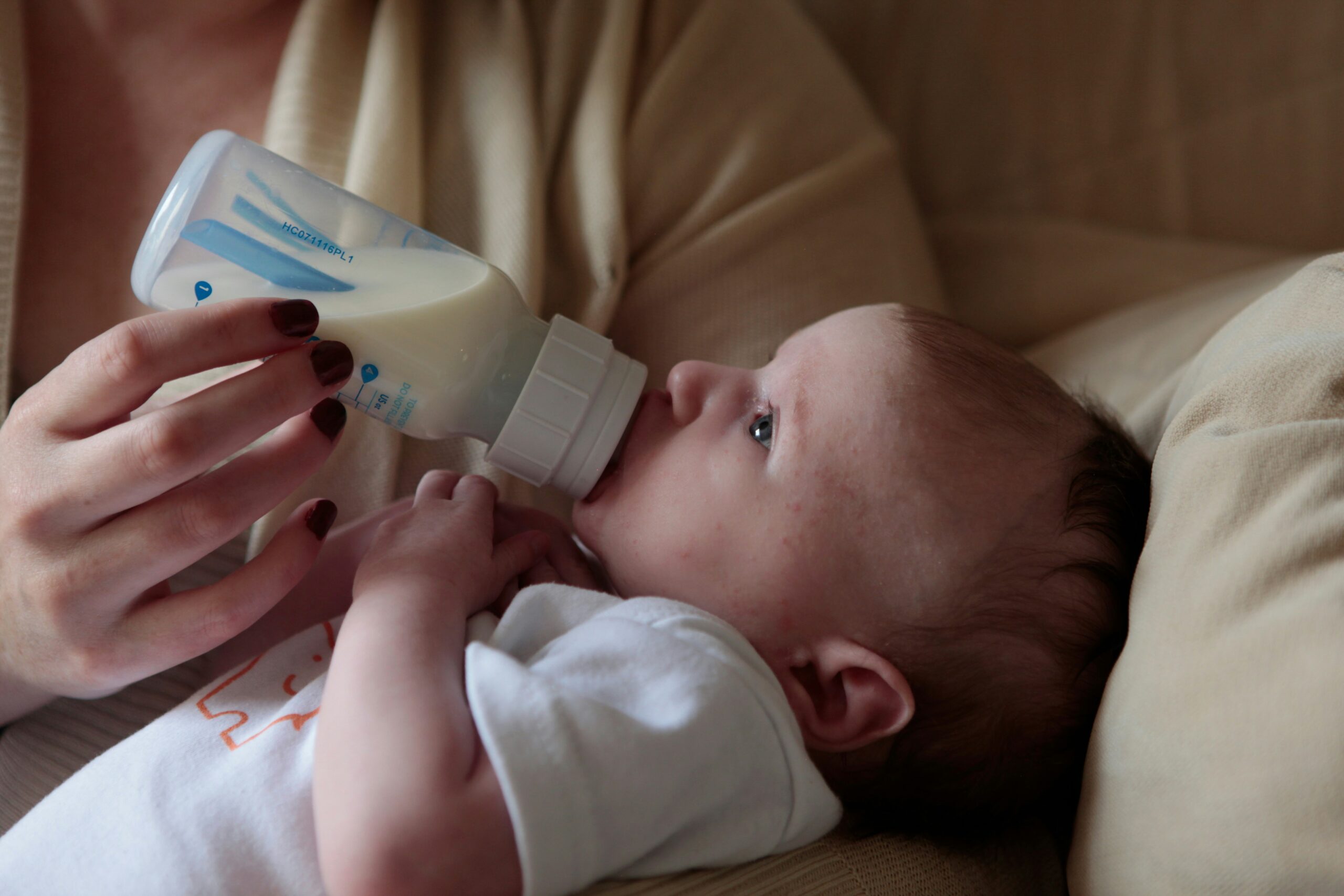I had my first panic attack before age six.
I dealt with what I now refer to as unpredictable “spikes” in anxiety (causing more panic attacks) on and off throughout most of my teenage and early adulthood years.
I hardly slept.
I lost weight I couldn’t afford to.
I missed school.
In 2016, just three months before my wedding — the anxiety “spiked” so high I had to stop traveling for work and I was living on the caloric sustenance of Boost shakes. My brain and my body were riddled with cortisol and adrenaline.
By the end of that year, I was diagnosed with Obsessive Compulsive Disorder (OCD), in regular Cognitive Behavioral Therapy (CBT) and taking medicine.
I guess you could say it’s just the way I’m wired — but whatever you call it, anxiety’s a part of my make up.
When my husband, Tyler, and I were ready to start growing our family — I hadn’t yet considered the likelihood of postpartum depression or anxiety. At the time, I didn’t know that having a history of anxiety was associated with a higher risk of postnatal mood disorders.
But, when I actually got pregnant — I got curious.
As my belly grew and as Amazon boxes filled with crib sheets, diapers, and Pee Pee Teepees showed up — I wondered, “Will the horrors of postpartum depression/anxiety be a part of my story?”
I brought it up with my therapist. Let’s call her Bunny.
“Bunny, how do I know I won’t get postpartum depression? How do I know that I won’t sink into that anxiety pit again?”
“You don’t,” she reminded me.
And she was right. I couldn’t know — but I could prepare.
By this time — I’d been in fairly regular therapy for almost two years. I’d collected heaps of therapeutic tools in my proverbial mental health toolbox. I knew how to ride out panic attacks, de-escalate anxiety “spikes,” and manage stress — so I practiced.
My son was born on April 19th, 2019. It was Good Friday — and man, it was a good friday.
He was healthy.
He was perfect.
He was here.
I’d felt little glimpses of anxiety in the hospital — but they were circumstantial and fleeting.
When I encountered a whole new level of exhaustion during that second night’s cluster feeding — it spiked.
When, a subsequent feeding took an hour and a half and I realized I would need to feed him again at the three hour mark — it spiked.
When the hospital worker who wheeled me out to the car, my new son in my arms and my body still sore, casually commented that my life was over — it spiked.
But thankfully, all of these spikes subsided quickly.
It was when we were in the throes of early parenthood at home — in our own house, with no nurses, no reassuring vitals checks, and no sleep — that the spikes lingered at their peaks.
The memories of our first night home are a puffy-eyed, anxiety-filled blur. We couldn’t put him down. He would not sleep unless he was held — and that’s when the anxiety really kicked in.
Somehow — through the spikes and the angst and the panic I was staving off — I was able to recall Bunny’s advice. I had prepared for these surges. Anxiety may be part of my makeup but I had practiced; I had tools. Here’s what worked for me:
- Asking for help. As soon as these spikes hit — I took action. I clued Tyler in and let him know where I was mentally. I was honest about my emotions, feelings, and thoughts — even if they felt scary or overwhelming to me. I also texted my doctor and asked for an appointment. I knew, if needed, I could dose up my medicine — so I scheduled a consultation appointment with her to talk through my options. Although I never ended up dosing up, knowing the levers I could pull gave me peace of mind that there were steps we could take if things got worse.
- Naming what you’re feeling. For me, this looked like talking with Tyler and Bunny — but it also looked like journaling. There’s something about the physical act of writing that both slows and sobers my mind. It’s almost as if my hand can’t write quite as fast as my racing thoughts — so the writing actually forces me to slow down. Sometimes my journal entries would be simple lists, “Today, I’m feeling anxious about…” and other times they’d be longer entries of processing or prayers. But either way — giving a name to what I was feeling helped take the power of it away.
- Getting outside. The early days postpartum can be incredibly isolating — with a lot of time spent inside the four walls of your home instead of “out and about.” For me — daily time outside was a total game changer. We took our son on walks multiple times a day in the humid Carolina heat — because I needed it. Whether it’s the sunshine or the buzz of the outside world that reminded me that life was still going on — daily walks were a total lifeline for me that summer.
- Breathwork and meditation. More brain-slowing — breathing. Belly breathing, counting breaths (inhale for 4, hold for 2, exhale for 6), and box breathing are some of my favorites that help slow my brain. I liked them because they were good both in the moment and as maintenance techniques to keep the anxiety at bay. I also loved pairing them with guided meditations and calming music — both of which were great for any time of day.
These days — my anxiety and OCD are at bay. I can’t remember the last time I had a panic attack and despite the stress of three kids under five — I’m managing in ways that 2016 Daina would be so proud of. But the tools I used in the summer of 2016 are ones I’ll forever keep tucked away to stave off any future “spikes” — when and if they come.
Diana Carter is a mom of three small children, wife, and marketing leader living in Charlotte, NC. When she’s not knee-deep in Kinetic Sand and quartered-grapes, she partners with clients at Carter House Copy, her marketing agency that serves startups and high-growth brands.For discounts and member exclusives on Calm, the #1 meditation app, visit our Shop and Tenant Log-In pages.



